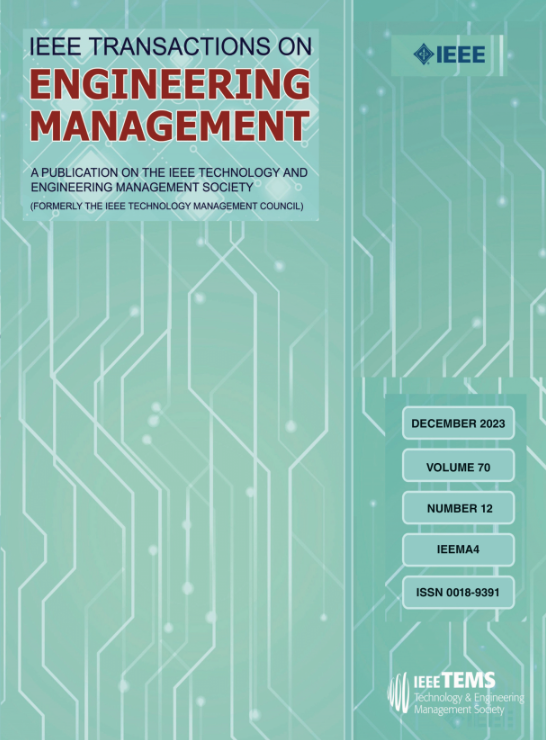Modeling the Effects of Labor Reallocation and Strategies for Engineering Management: A Sustainable Development Perspective
IF 4.6
3区 管理学
Q1 BUSINESS
引用次数: 0
Abstract
Modeling the shift from high-growth to high-quality development in China is a challenge in macroeconomic engineering management. Using a finite mixture model, this study examines the effects of labor reallocation under different growth patterns and explores how regionally differentiated growth characteristics reflect shifts in growth patterns. It examines differences in economic development between regions, focusing on the role of labor reallocation in these regional differences. Growth patterns between provinces were observed to be inconsistent. Growth in the three major industries was categorized into three different types. Structural adjustments in regional growth were observed. Growth patterns in most regions changed in the primary and tertiary industries. In approximately one third of regions, changes occurred in the secondary industry. China's economy has shifted from factor-driven growth to efficiency-driven growth. The cost disease effect under shifting growth patterns is greater than under general growth patterns. Ignoring heterogeneity and variations in growth patterns across the four major economic regions leads to an underestimation of the cost disease effect by 5% to 40%. The findings of this research provide a theoretical basis for sustainable development. The present study broadens the scope of application of engineering management. Regional government decision makers should adapt policies to each region's unique economic structure and stage of development. In this way, labor reallocation can lead to higher productivity and sustainable growth. This study contributes to the literature by extending the scope of engineering management to include economic issues. It offers a new framework for the integration of macroeconomic modeling with policy decision making.求助全文
约1分钟内获得全文
求助全文
来源期刊

IEEE Transactions on Engineering Management
管理科学-工程:工业
CiteScore
10.30
自引率
19.00%
发文量
604
审稿时长
5.3 months
期刊介绍:
Management of technical functions such as research, development, and engineering in industry, government, university, and other settings. Emphasis is on studies carried on within an organization to help in decision making or policy formation for RD&E.
 求助内容:
求助内容: 应助结果提醒方式:
应助结果提醒方式:


